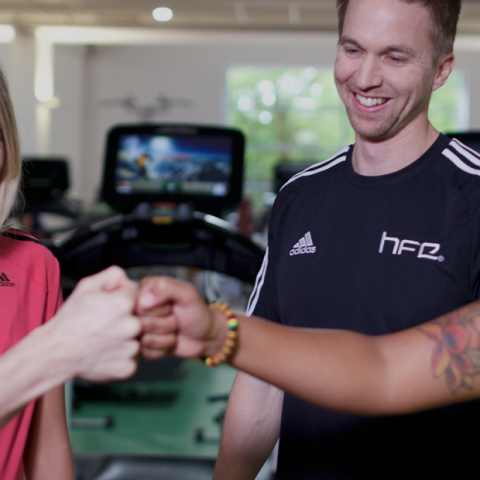Experts believe rehearsing your fitness movements in a lucid dream is a great way to prepare your mind and body for action. Lucid dreaming is an elusive state in which you are asleep yet consciously aware that you’re dreaming. During lucid dreaming, you have the ability to control the movements you make. New research has revealed training and sports performances can be improved while we sleep. The key to improving your athletic performance is through lucid dreaming, according to scientists at the Heidelberg University in Germany. The improvement comes from the fact your mind thinks you are practising for real.
“Studies have shown that if you spend your lucid dream running, the neural pathways in your brain that are engaged when you run are strengthened, not just visualised or imagined,” says Charlie Morley, an expert on lucid dreams who runs workshops around the world. “So, when you wake up in the morning, you will find running easier.”
Studies have shown that if you spend your lucid dream running, the neural pathways in your brain that are engaged when you run are strengthened, not just visualised or imagined
You don’t have to create the perfect training environment to practice during a lucid dream either. Forget picturing yourself arriving at the gym or having to find and put on your favourite pair of trainers: wherever you are in your dream, you can stop what you’re doing and start jogging, stretching or practising free kicks – whatever takes your fancy. You will be safe in the knowledge that the exercise activities you carry out will help to improve your fitness skills in real life too.
Lucid dreaming may sound a little bizarre, but scientists are taking its potential for improving sport performance very seriously. Early studies in the 1980s by German psychologist Paul Tholey first noted a link between lucid dreaming and the improvement of an athlete’s performance in their waking life. The new research from Heidelberg University also backs up this theory and provides further evidence of a link between sports activity in lucid dreams and the impact this can have on real life.
For those still sceptical about how this could help improve your training and help you reach fitness goals, the Heidelberg University study has revealed some impressive results. Sports people reported increased success in their field, even after struggling with the same issues for a long time previously. Others focused on using their dreams to overcome extreme tiredness to help them run for longer, or to improve their running speed.
Participants also described enhancing their performance after practising complex moves over and over again. One dancer in the study described struggling with a complicated ballet move for quite some time and found practising jump combinations, leg positions and complex turns while dreaming enabled her to perform the difficult move in real life. Interestingly, the dancer also described almost having the sensation of feeling her body carrying out the movements while lucid dreaming.
If you do not naturally lucid dream at the moment, it is possible to train yourself to do so. Why not give it a go: it may just provide the fitness push you need in real life.


